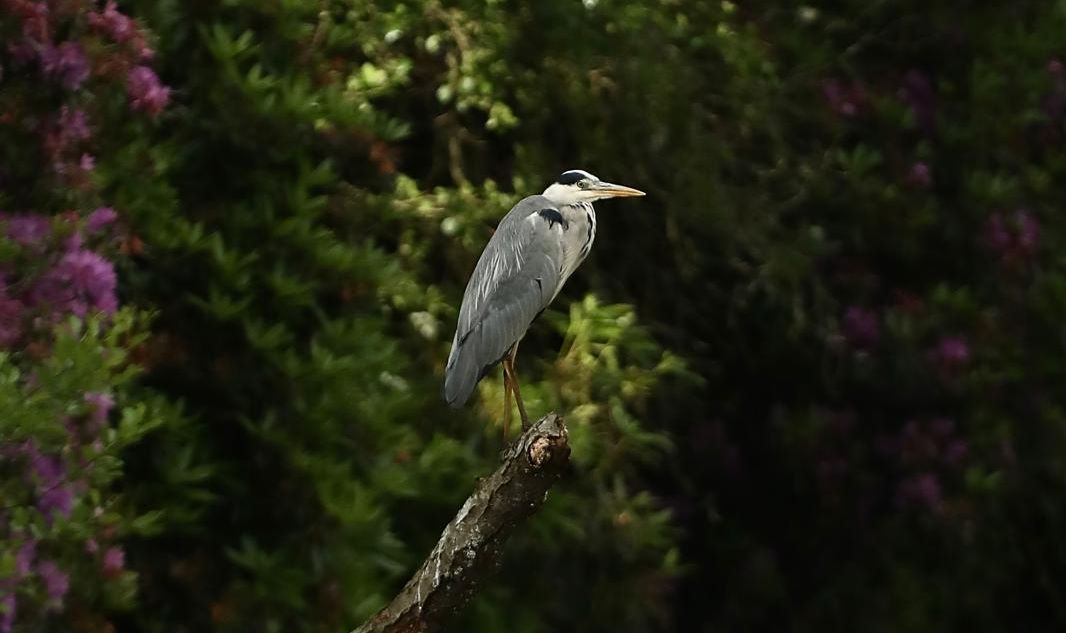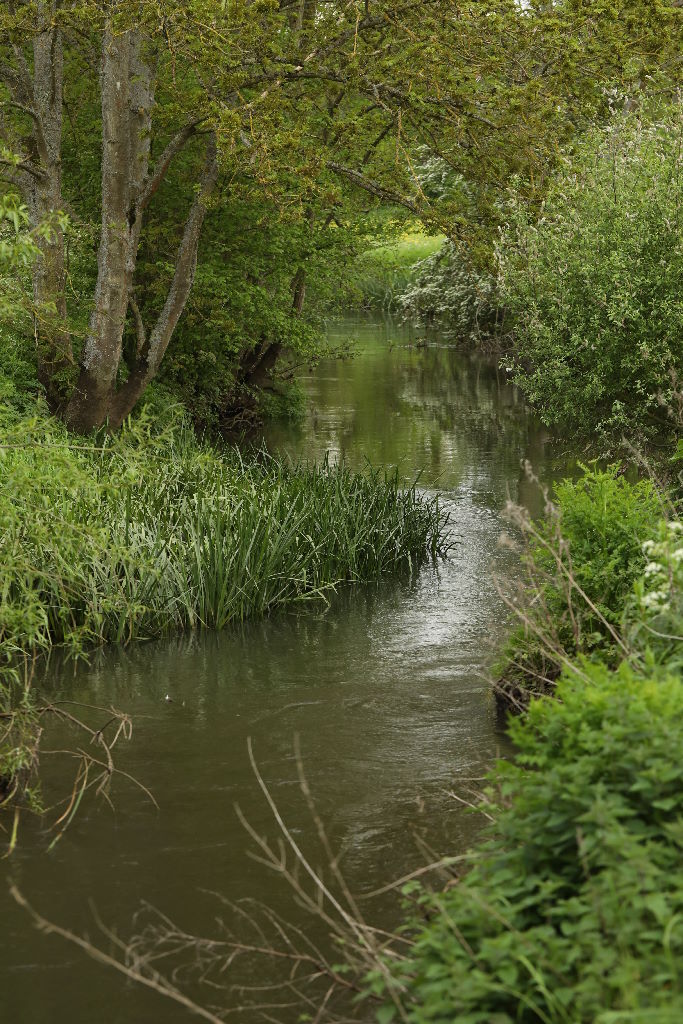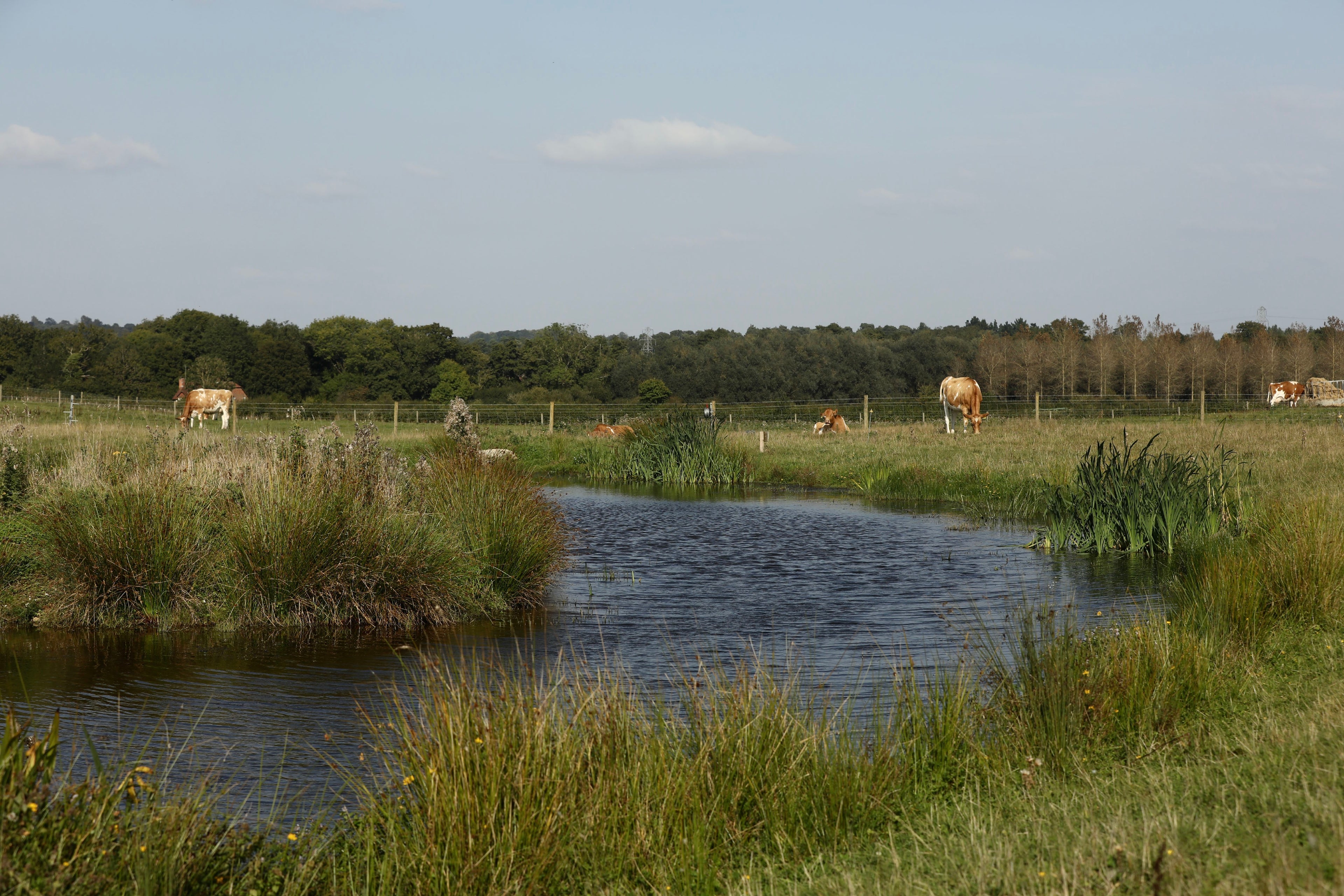We have created small ponds within our tree nursery and wetland areas in order to provide a breeding area for amphibians and to develop a habitat for great crested newts, which are declining nationally.
Our largest wildlife pond has matured well since its creation in 2022. It is a refuge for wildlife and an important breeding area for Lapwings, which are on the UK red list for Birds of Conservation Concern. We have recorded five breeding pairs.

The pond has been planted with multiple species of pond and wetland plants to encourage aquatic, bird and insect life. The pond is now home to four species of dragonflies, three species of damselflies, as well as an abundance of water invertebrates, such as diving beetles, water boatman and pond skaters.

We maintain a section of the River Whitewater that runs through our estate. Our work includes lifting trees, clearing banks, and creating traditional narrows to adjust the river's width and depth. These efforts increase the flow and naturally desilt the gravel spawning beds for the resident brown trout.
We trap non-native crayfish that damage the riverbanks and eat fish eggs, and we annually remove Himalayan balsam across the estate.
We use Barsha pumps to draw water from the river to supply livestock troughs. These zero-energy pumps rely on the river's flow and require no vehicles, ensuring a sustainable water supply for our livestock.

